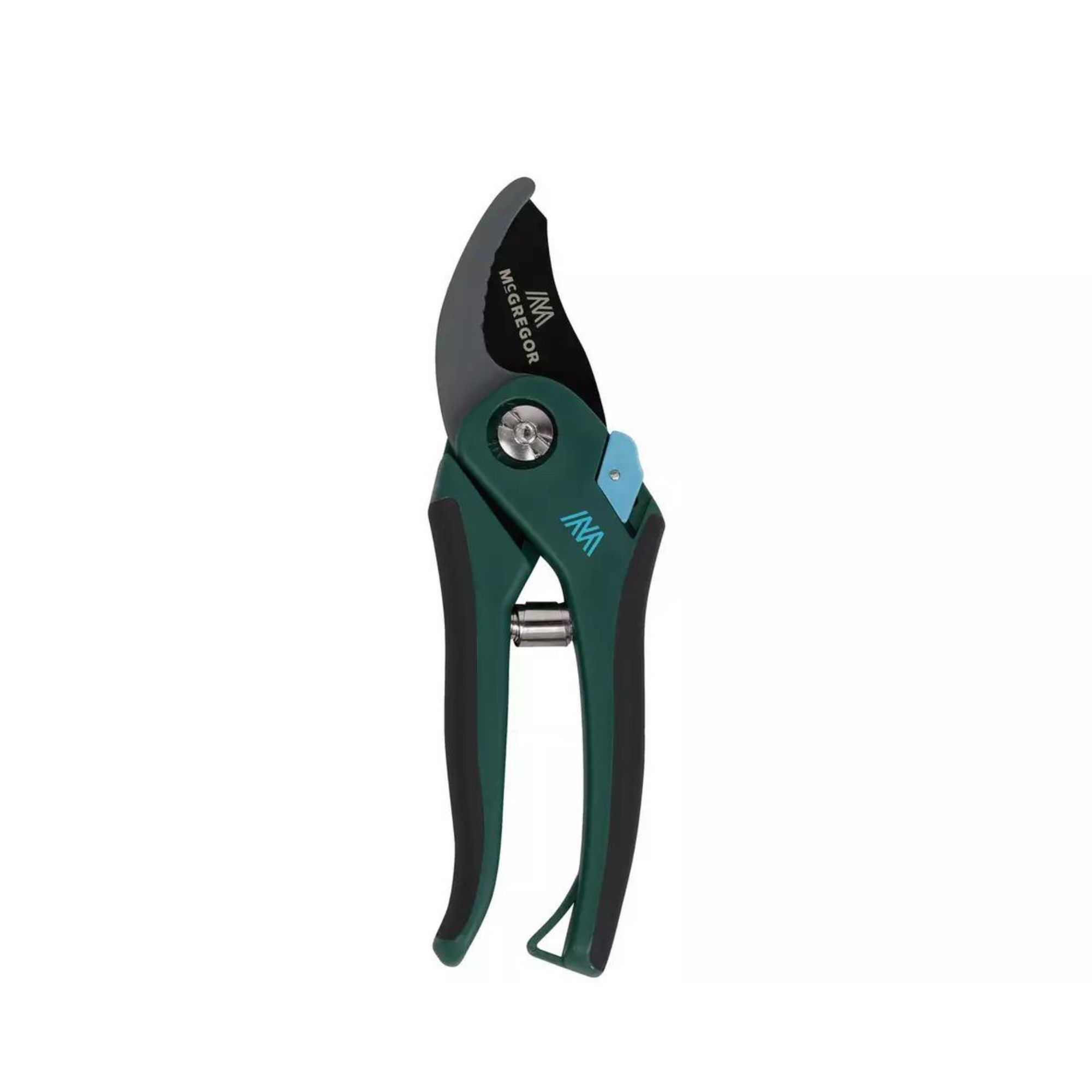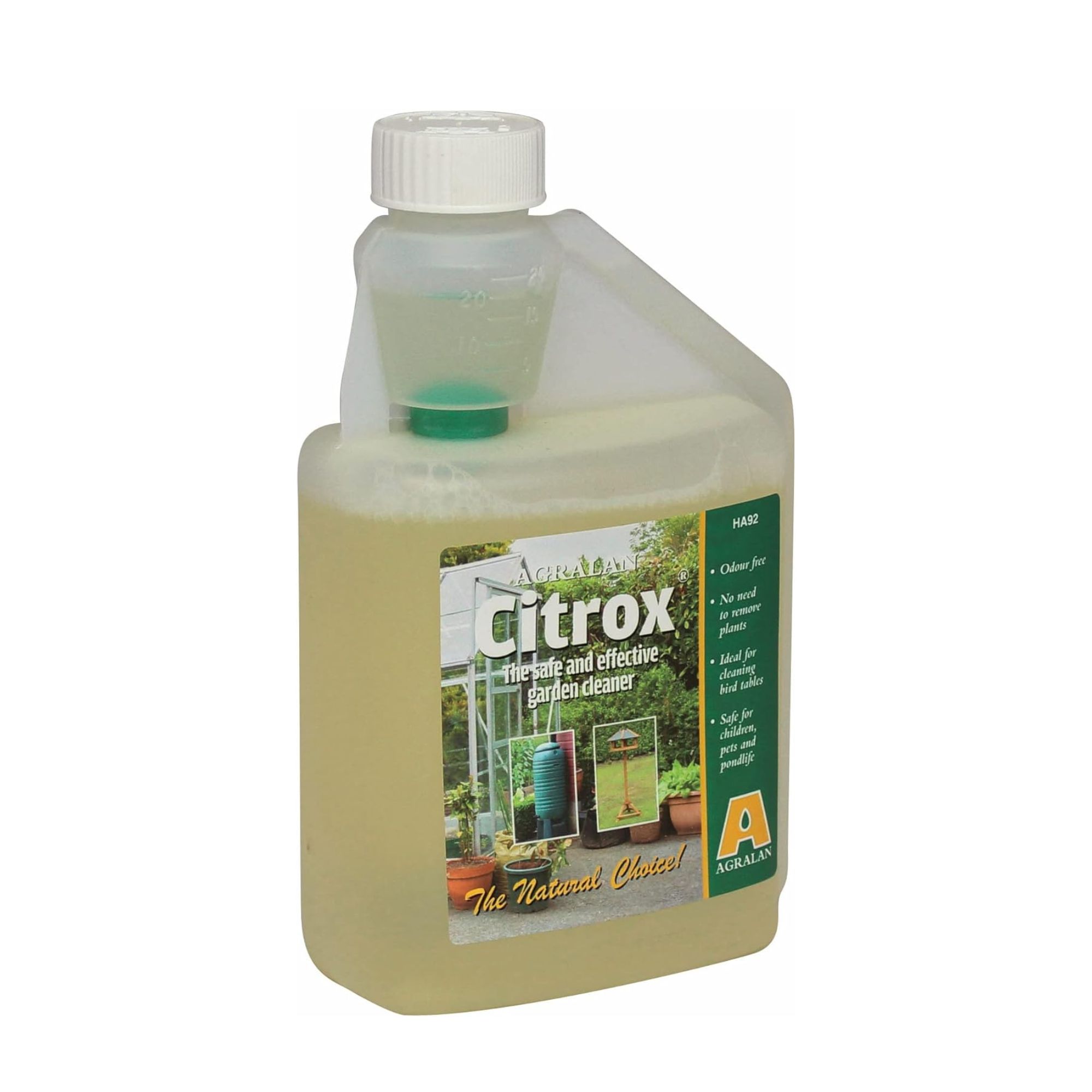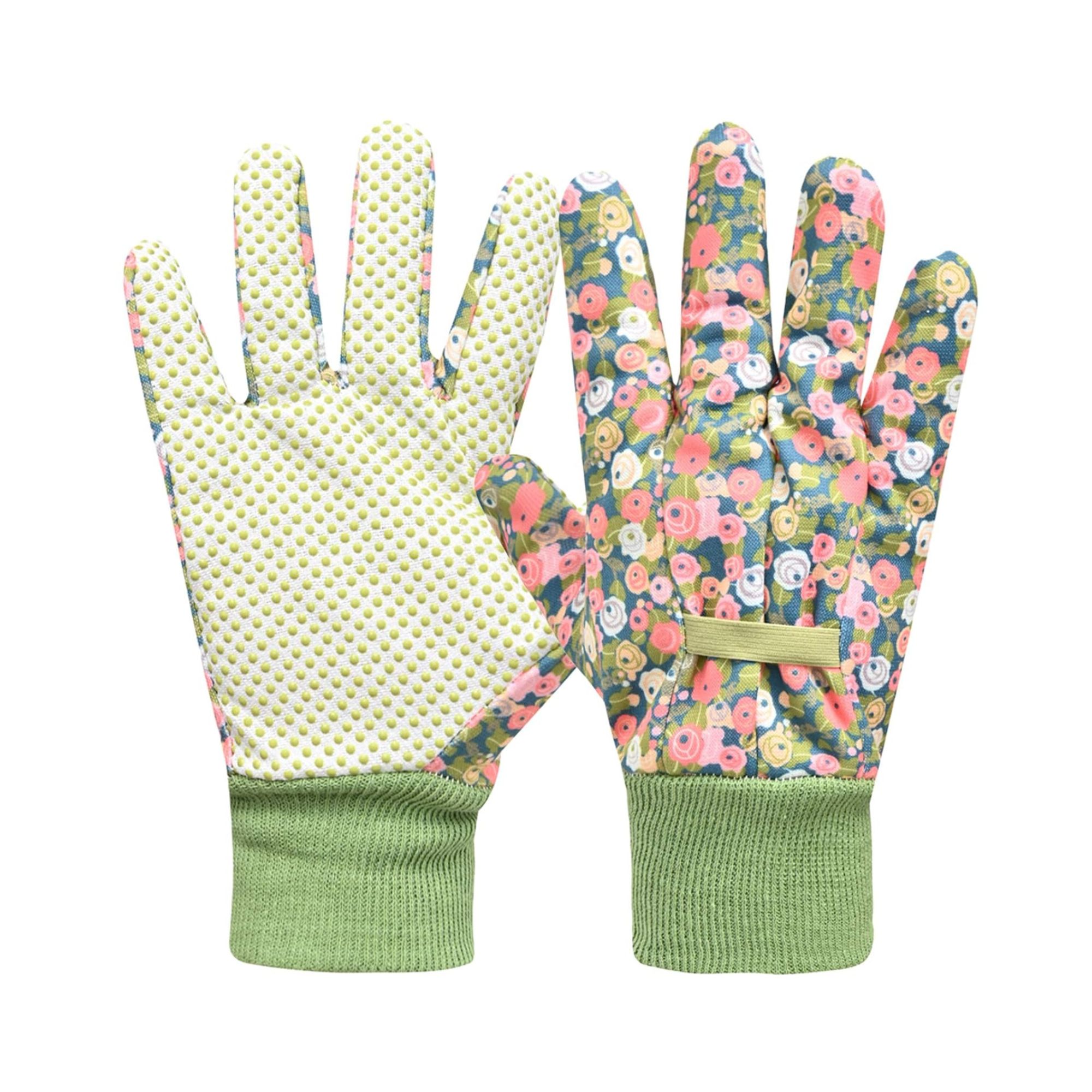Should you deadhead lavender? You can, but there’s another option to consider if you want free fragrant shrubs next year
You might assume that you have to deadhead lavender, but that’s not the case

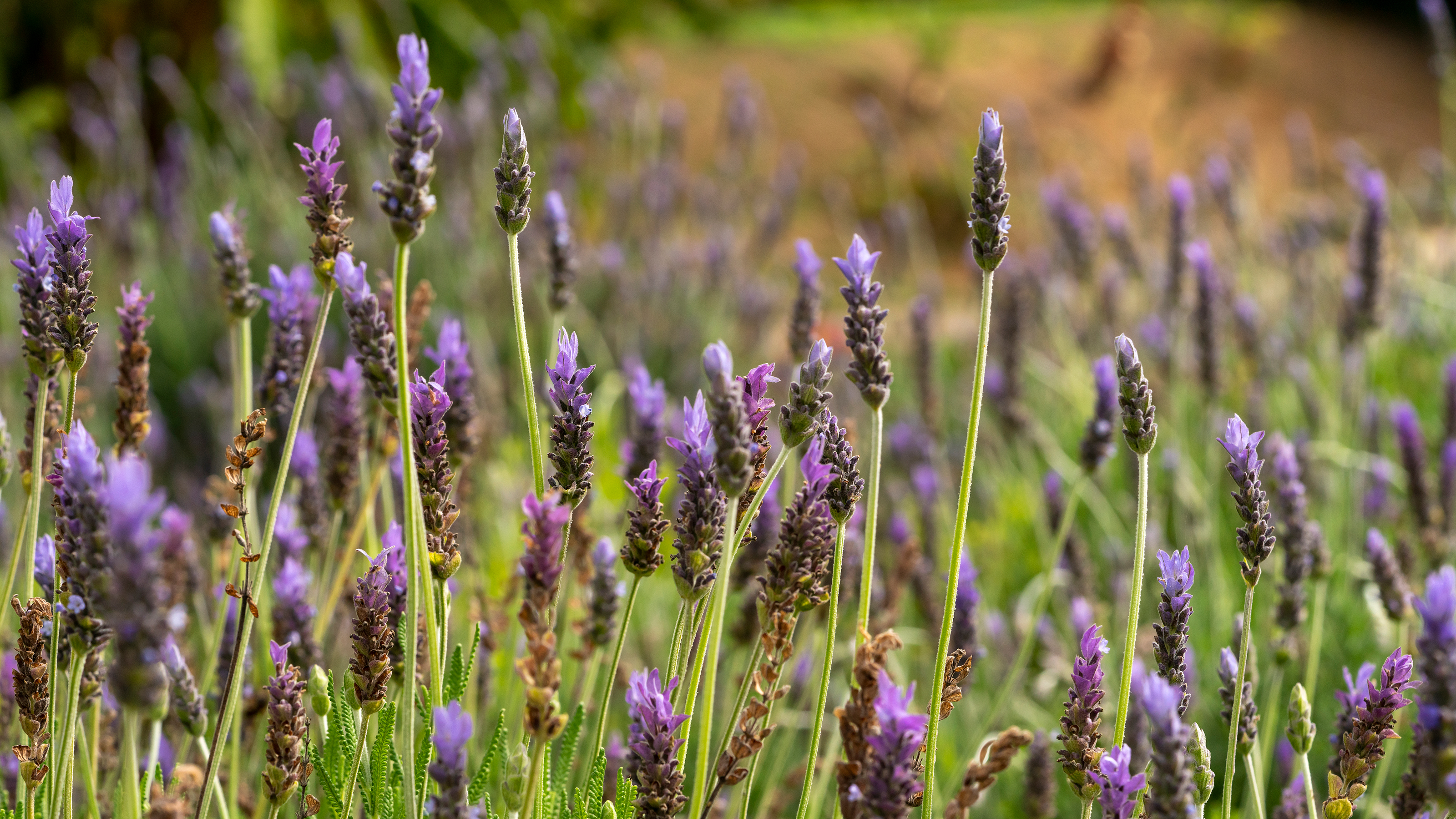
If your lavender has come to the end of its flowering period and you’ve spotted spent flowerheads, you may be wondering: Should you deadhead lavender? Well, that’s a good question.
If you’ve successfully grown lavender in your garden, there’s a high chance you’ve learned a lot along the way. And while knowing how to prune lavender is key to a happy and healthy plant, it’s important to know that there’s a difference between deadheading and pruning. And it’s that difference that can have a huge impact on this fragrant perennial.
So, should you deadhead lavender? Most experts will tell you yes. But there is an exception to the rule that you might want to consider, too.
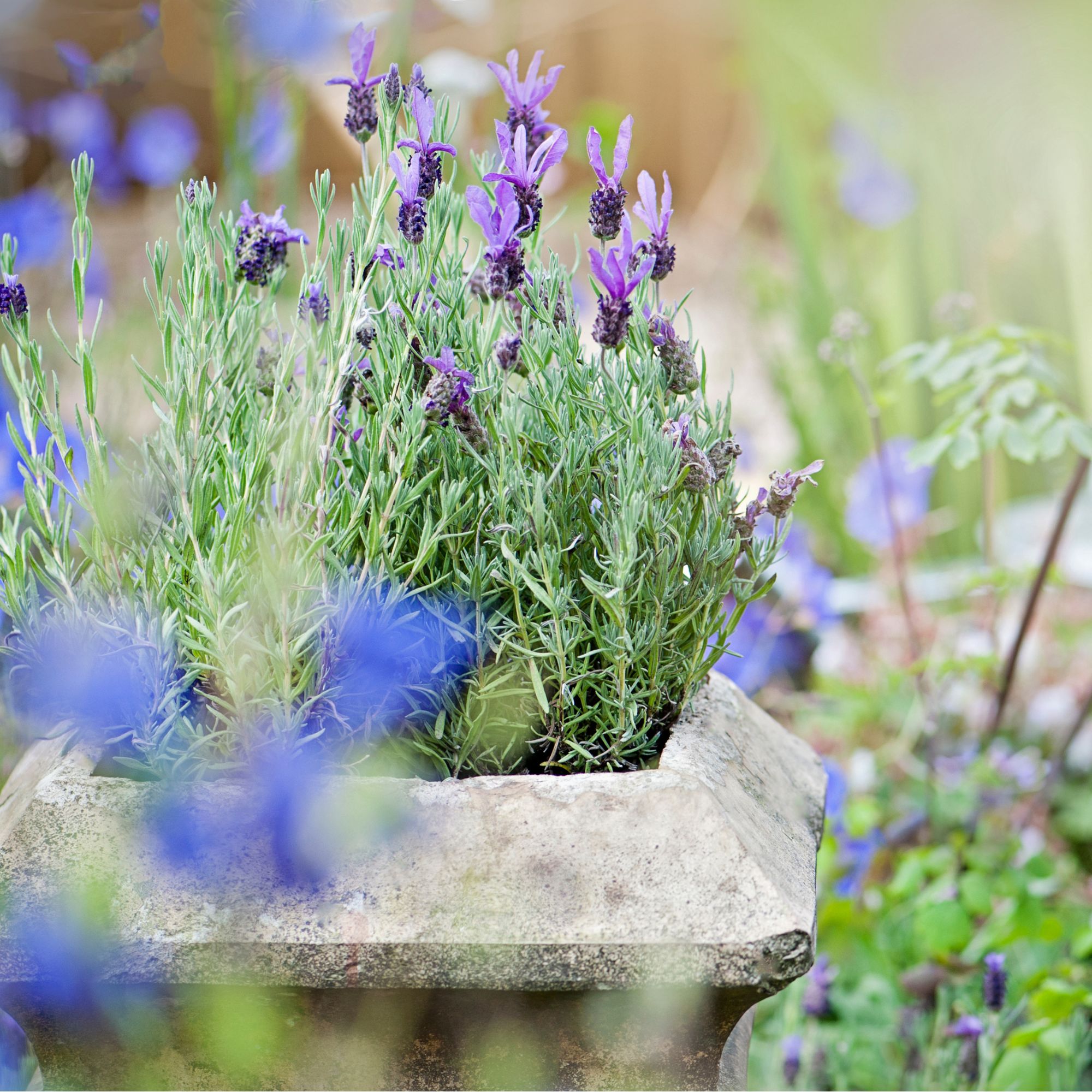
Why should you deadhead lavender?
Although there are some plants you should never deadhead, lavender isn’t on that list. Instead, you can find it on the list of plants you should deadhead for a second bloom, as both English and Spanish lavender can bloom multiple times in one flowering season if deadheaded regularly.
Deadheading lavender and removing the spent flowers also allows the plant to use more energy for future growth. Neil Donovan, AKA The Bath Gardener, explains, ‘Deadheading is great for its health and helps secure more flowers while stopping them from becoming too woody. Cutting off old flowers also helps with circulation to prevent disease.’
However, Neil urges lavender owners to wait until the flowers have fully gone over (i.e., changed from purple to a brownish colour) before deadheading so that bees can make the most of the all-important pollinator.
Morris Hankinson, Managing Director of Hopes Grove Nurseries, also adds, ‘If you want to control the growth of plants in your garden, deadheading can also help prevent the plant from self-seeding.’
Sign up to our newsletter for style inspiration, real homes, project and garden advice and shopping know-how
The perks don't end there, though. By deadheading lavender - even when it looks as though the flowers are past their best - you can use the flowerheads to dry lavender for sachets to use around the house to ward off bugs or help you sleep at night.


Morris Hankinson is the founder and managing director of Hopes Grove Nurseries Ltd, the UK’s only specialist grower-retailer of hedging plants. He established the thriving business in 1992, shortly after graduating with a Commercial Horticulture Degree from Writtle College, Essex.
What happens if you don’t deadhead lavender?
You might assume that failing to deadhead lavender is one of the worst deadheading mistakes you can make, but that’s just not the case.
If you didn’t know that you were supposed to deadhead lavender or you simply forgot, you needn’t worry too much.
It’s not the end of the world if you don’t deadhead your lavender, and it won’t kill your plant. In fact, many eco-conscious gardeners actively choose not to deadhead lavender as it can have a hugely positive impact on the natural ecosystem.
That’s because, by leaving the spent flowerheads to turn to seed, you can provide vital food for seed-eating birds looking to fatten themselves up before the weather turns.
Morris adds, ‘Seed production won’t harm the plant, but it may result in fewer blooms as the plant's energy will be focused on seed production. During the seed production process, the lavender plant may look less tidy with dried, brown flowers. But as lavender is a hardy plant, not deadheading it shouldn’t negatively affect its overall health.’
Yes, not deadheading your lavender may result in smaller, less vibrant blooms next year - but that seems like a small price to pay when encouraging wildlife to your garden. Especially as you can attract birds to eat slugs.
Alternatively, you could wait for your lavender to go to seed and then collect the seeds to grow more lavender plants for free next year. By doing this, you’ll still technically need to deadhead them, but you can do this much later than you would if you wanted to deadhead for growth.
Just be warned that growing lavender from seed is a little trickier but still worthwhile.
What you'll need
FAQs
What do I do with lavender when it has finished flowering?
Lavender typically finishes flowering in August and September, depending on the variety. When this happens, you should then choose whether you want to deadhead your plant or not.
Whichever option you choose, it’s also a good idea to prune your lavender after flowering. While pruning your lavender, focus primarily on removing any dead or diseased branches, the spent flowerheads, and about 2.5cm of foliage. This should improve airflow and prevent woodiness.
Don’t prune too hard, though, and always make sure you clean your garden tools before cutting back your lavender plant.
How to stop lavender from going woody?
Woody lavender is a common gardening problem, and woody lavender can often struggle to bloom or grow as it should. To prevent this, you need to keep on top of pruning. Aim to prune your lavender at least once a year - but twice if you have an established lavender plant older than one year old.
Pruning immediately after flowering will stop lavender from going woody, but it’s worth adding an extra prune into the mix in the spring, too.
Can you harvest lavender multiple times?
Yes, it’s definitely possible to harvest lavender multiple times. When you harvest the lavender, though, just be sure to only remove ⅓ of the flowerheads at a time. This will give the plant a chance to grow even more, which will allow you to harvest even more.
So, while you can deadhead lavender - you don’t necessarily have to. After all, you should be pruning soon anyway.

Lauren Bradbury has been the Content Editor for the House Manual section since January 2025 but worked with the team as a freelancer for a year and a half before that. She graduated with a Bachelor’s degree in English and Creative Writing from the University of Chichester in 2016. Then, she dipped her toe into the world of content writing, primarily focusing on home content. After years of agency work, she decided to take the plunge and become a full-time freelancer for online publications, including Real Homes and Ideal Home, before taking on this permanent role. Now, she spends her days searching for the best decluttering and cleaning hacks and creating handy how-to guides for homeowners and renters alike, as well as testing vacuums as part of her role as the Ideal Home Certified Expert in Training on Vacuums, having spent over 110 hours testing different vacuum models to date!
